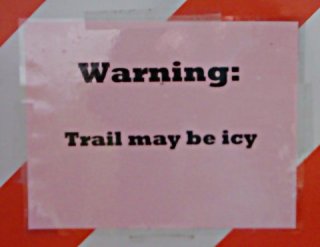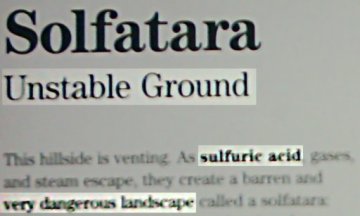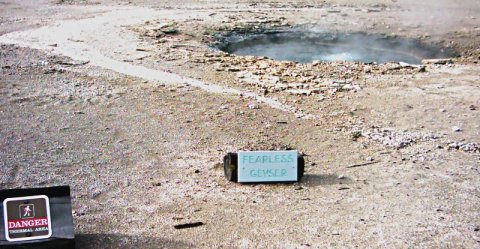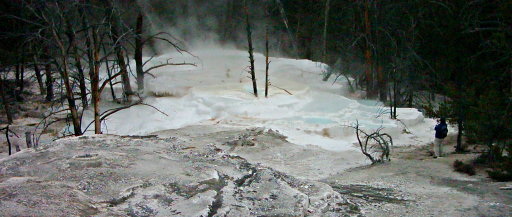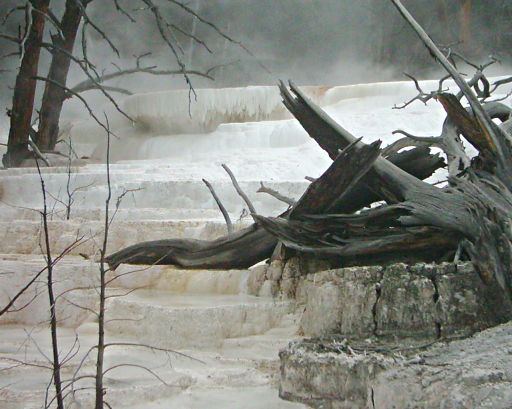A bit longer of a delay between posts than I’d like, but here you go:
 +
+  =?????
=?????
I am often amused (and regularly baffled) by the kinds of search queries that lead people to this blog.
I wrote a sloppy little script to parse the server’s access logs and figure out who’s searching for what, where. Since I added the ability to recognize Google Image Searches, it’s gotten even stranger.
I do get a lot of perfectly understandable hits – people looking for information about “heat-fixing slides”, expired jello, and looking for pictures of lactic-acid bacteria or whatnot. Some of them are pretty interesting questions…but first, some oddities.
At the top of my current wierd-o-meter: “carbonated leprechaun”…what??? What’s funnier is that this was a Google Image search – someone doesn’t just want information ABOUT carbonation of leprechauns, they want pictures. Now I can’t stop imagining a mash-up of “Darkman” and Leprechaun. Thanks a lot, whoever you are…”I needs me gold! ARGH! SUNLIGHT! [bubblebubblebubble…]”
Another recent one was just a search for the phrase “new england sucks”. As another Image search. Somebody not only doesn’t like New England, but they want pictures of “new england sucks”?…
Less risible but still kind of funny are searches influenced by unfamiliarity with the English language. I have no idea what the search for pictures related to “useful of DNA” was hoping to find. (Uses of DNA? How to “use” [work with] DNA? Diagrams of genetic processes?). I also see a number of searches just based on the name of the blog – people looking for information about furnishing “big rooms”. I have no idea what the search for “name of thing in room” was expected to turn up. This one’s another language issue, but even taking that into account I’m still baffled about this one. I wouldn’t expect google.de to return any useful information for “Sache im Zimmer” (the original search was actually from a Spanish-speaking area, but No Entiendo Espanol, so I’ll use a German analogy instead.)
Or from Sweden: “Aerobic Oxygen fraud”. Somebody’s figured out that we don’t actually need to breathe and that it’s all a ploy by the Oxygen Lobby to enslave us, I guess.
Maybe just because “chemicals” get mentioned here from time to time, I get the occasional hit from someone looking for illegal drug information (either technical or just news of drug busts or whatever). Note to “HILLBILLY METH” searcher: Hillbillies do moonshine. Meth comes from Rednecks. Jeez, doesn’t everyone have to do a semester of Rural Population Stereotype Taxonomy in college anymore?
There are some more relevant and interesting questions that show up here, too.
 I guess someone in southern California used an interesting analogy in their microbiology class, because I recently got a couple of searches from there looking for why the cell membrane is not like an Oreo® cookie. The answer: There’s no “creme” filling. No seriously – the membrane is two layers of the same kind of molecule stuck together. The phrase you’re looking for is “Phospholipid bilayer”. In a way, the molecules are a lot like detergents – they’ve got one end that “likes” water, and a long tail at the other end that doesn’t (much as oil doesn’t). Since the cell is surrounded by and full of water, you end up with one layer with all its hydrophilic ends touching the water outside the cell, and the other layer with its hydrophilic ends on the inside of the membrane touching the water inside the cell, and the hydrophobic ends of both layers all tangled up together in the middle – without anything between them. See? Not like an oreo cookie at all. Aside from this, cell membranes are also squishier and not chocolate flavored most of the time.
I guess someone in southern California used an interesting analogy in their microbiology class, because I recently got a couple of searches from there looking for why the cell membrane is not like an Oreo® cookie. The answer: There’s no “creme” filling. No seriously – the membrane is two layers of the same kind of molecule stuck together. The phrase you’re looking for is “Phospholipid bilayer”. In a way, the molecules are a lot like detergents – they’ve got one end that “likes” water, and a long tail at the other end that doesn’t (much as oil doesn’t). Since the cell is surrounded by and full of water, you end up with one layer with all its hydrophilic ends touching the water outside the cell, and the other layer with its hydrophilic ends on the inside of the membrane touching the water inside the cell, and the hydrophobic ends of both layers all tangled up together in the middle – without anything between them. See? Not like an oreo cookie at all. Aside from this, cell membranes are also squishier and not chocolate flavored most of the time.
I’ll deal with “does beer and ice cream make gas” in another post later…
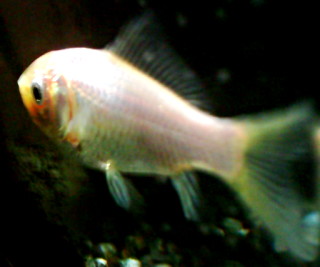 This here critter is our resident fish. “
This here critter is our resident fish. “
 Wow! Look at that! Do I spy the
Wow! Look at that! Do I spy the 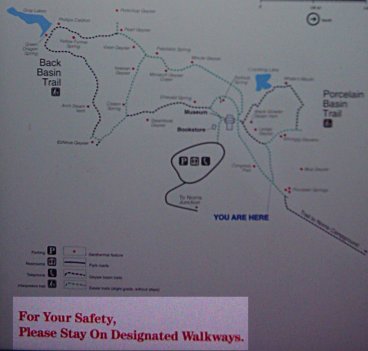


 Yeah, yeah, whatever. What are you going to do if I don’t – have me arrested?
Yeah, yeah, whatever. What are you going to do if I don’t – have me arrested?

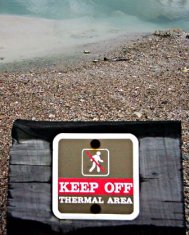
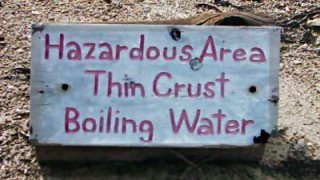

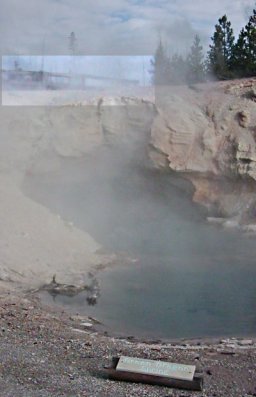 What the heck? Is Green Dragon Spring actually devouring the ground under that walkway?!?! Oh! I get it – you’re saying the park itself can swallow you up and and cook you?
What the heck? Is Green Dragon Spring actually devouring the ground under that walkway?!?! Oh! I get it – you’re saying the park itself can swallow you up and and cook you?